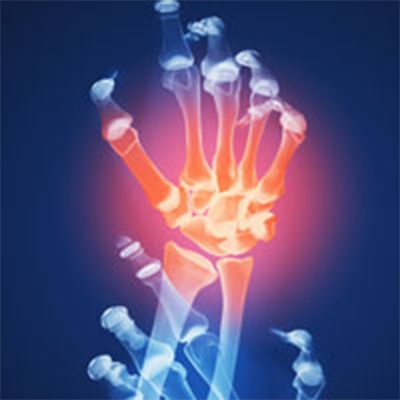Carpal Tunnel Syndrome (CTS) was first reported in the late 1800’s and the first surgery was noted in 1933. In the beginning, CTS surgery was rarely performed, reportedly because the nerve pinch was present somewhere before the median nerve reached the wrist or carpal tunnel. In brief, possible compression sites include the cervical nerve roots (C5-7), the brachial plexus, thoracic outlet, above the elbow, in the proximal and/or mid forearm, and finally at the wrist / carpal tunnel.
Estimating the frequency of CTS is challenging due to the fact that the pinch or entrapment may include more than one area before the wrist resulting in double and multiple crush syndromes. One European study reported the incidence of CTS at 5.8% in women and 0.6% in men while another reported 3.4% in the United States. Even the causation of CTS is all over the board. For example, the annual incidence of CTS in automobile workers ranges between 1-10%, while in a fish processing plant, it was reported to be as high as 73%! To make this even more challenging, the cause of CTS is commonly associated with other conditions such as diabetes and pregnancy. In diabetics, CTS ranges between 14% and 30% and those who are pregnant have a 2% incidence. Even harder to report is the incidence of median nerve pinching proximal to the wrist as this ranges between as little as 1% to as high as 75% for pronator tunnel syndrome in already symptomatic women. Gender is also a factor as women are reported to be four times more likely to develop CTS than men. If there is NO other condition associated with CTS, the term “idiopathic” is applied, and this reportedly occurs 43% of the time.
Another issue making CTS a challenge to diagnose is the many risk factors associated with it, and sometimes studies are published that contradict one another about the possible risk factors. There are studies that report CTS is more likely to occur with conditions including: 1) Jobs or activities associated with wrist flexion or extension; 2) Hysterectomy without ovary removal; 3) Obesity; and 4) Varicosities in men. Some studies indicate risk criteria such as: 1) Use of birth control pills; 2) Age at menopause; 3) Diabetes; 4) Thyroid dysfunction; 5) Rheumatism; 6) Typing; and, 7) Pinch grasping. One study reported the highest incidence to occur in those with previous wrist fracture (Colles’ fracture), and common conditions included rheumatoid arthritis, hormonal agents or ovary removal, diabetes, and pregnancy. Another study reported obesity and hypothyroid as being risk factors, but not all studies support that theory. Certain medications have been reported to be associated with higher CTS risk including: 1) Insulin, 2) Sulfonylureas (diabetes meds); 3) Metformin; and 4) Thyroxin.
As doctors of chiropractic, we perform a thorough history, examination, and offer MANY non-surgical, non-pharmaceutical ways of treating CTS. Some of these approaches include: 1) Joint and soft tissue manipulation of the neck, shoulder, elbow, forearm, wrist, and hand; 2) Wrist splinting, especially at night; 3) Vitamin B6 and anti-inflammatory nutrients; 4) Home exercises for the neck, arm and hand; 5) Work station / ergonomic evaluations; 6) Dietary counseling for various conditions listed previously; 7) Co-management with primary care, rheumatology, neurology, orthopedics, and others.
We realize you have a choice in whom you consider for your health care provision and we sincerely appreciate your trust in choosing our service for those needs. If you, a friend, or family member requires care for Carpal Tunnel Syndrome, we would be honored to render our services.

